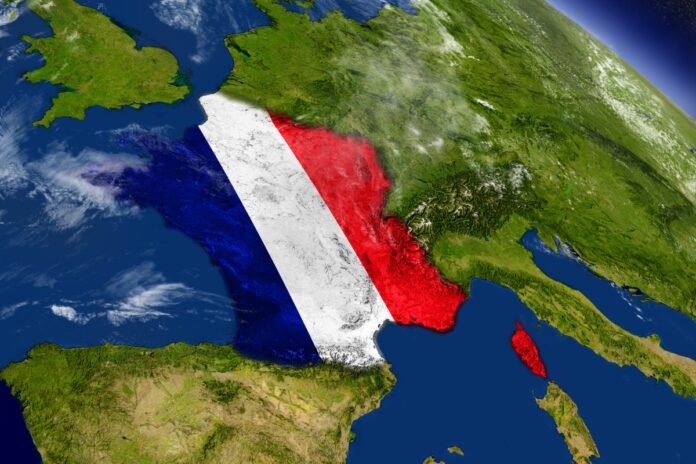Subscriptions accounted for just €13 million but income will soar with Industry 4, according to Arthur D. Little’s report
The French 5G sector generated nearly €2 billion in revenue in 2020, according to an end of year study by analyst Arthur D. Little, reports Light Reading. Half the money went to infrastructure building by Orange, Bouygues Telecom, SFR and Free. The other half was spent on 5G end-user devices.
So far the subscriptions to 5G postpaid plans have raised €13 million. How will their contribution to the industry’s gross domestic product rise in 2022? Could fixed wireless access (FWA) help deliver to subscribers? The report suggests that 5G private networks will be the best bet for industrial scale gratification.
For consumers the operators all now offer 5G plans with large inclusive data allowances. Orange and Bouygues Telecom both currently cap their plans at 200 GB. SFR offers an unlimited 5G plan. Free, the disruptor, offers unlimited 5G to those subscribers on its Freebox home broadband and TV plans.
Build 5G fields and subscribers will come
The construction of France’s 5G infrastructure started in September 2020, after a delayed spectrum auction process that began with the 3.5GHz band. In some regions spectrum auctions were only recently concluded. By the end of 2020 all four operators had activated their 5G networks started marketing their debut 5G services.
The latest figures from French telecoms regulator Arcep have Iliad-owned Free in the vanguard of commercial deployment of 5G sites.
Could fixed wireless access set them Free?
By October 2021 Free had 12,000 5G sites up and running, mostly in the 700MHz to 800MHz band. Bouygues Telecom had 5,003 sites, Altice France-owned SFR had 3,160 and Orange with 2,473. By contrast, Orange leads the way on the 3.5GHz band, with 2,177 sites broadcasting on that particular brick-penetrating, urban friendly frequency.
Orange, Bouygues Telecom and SFR all use the 1.8GHz and 2.1GHz frequencies too.
By 2022 each national operator with a 5G license must have deployed 3,000 5G sites, said the Arcep report, while the number of sites deployed must be greater than 8,000 (including 4,000 in low density areas) by 2024. 5G slicing should be available from 2023 and networks should be “100 per cent 5G” by 2030.
5G will do the business for France by 2027
Arthur D. Little’s report predicts that 5G investments at €1.5 to €2.2 billion, while revenue is expected to be round €23 to €28 billion by 2027, depending on how quickly 5G systems are adopted.
By that time five vertical sectors will account for 75 per cent of the money spent on business applications. Taking the average mean of the analysts’ approximations, Industry 4.0 is likely to make €1.6 billion, Transport will move €1.1 billion, Energy and water will splash €325 million, Health will cough up €415 million and Agriculture will yield €410 million.
The 5G sector supported 250 companies in 2020, of which 180 are French, employing between 6,000 and 8,000 people. In the long term, the analyst predicts that employment will rise to 100,000 people.



